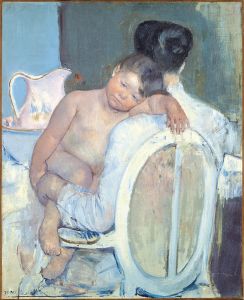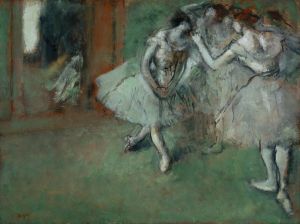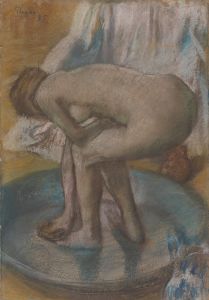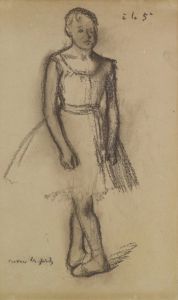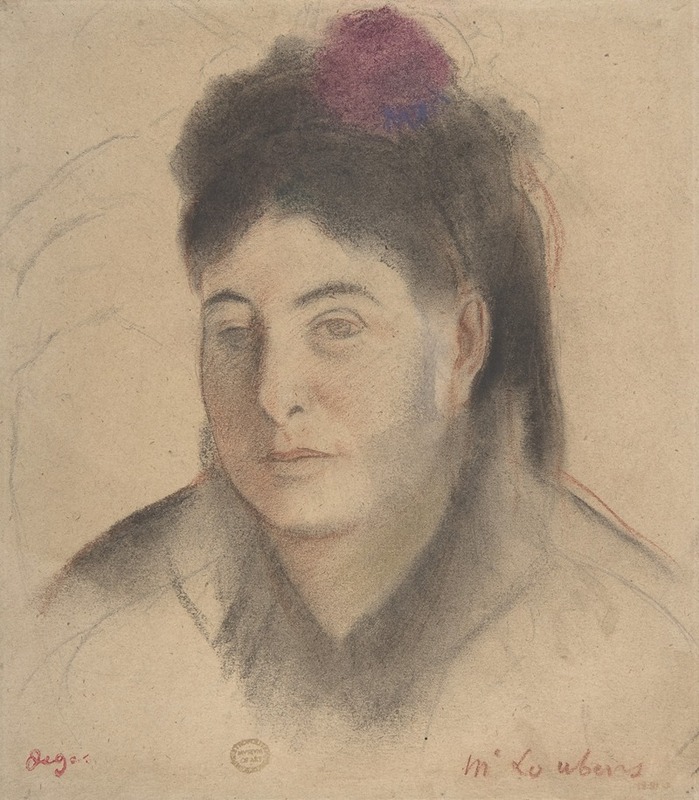
Madame Loubens
A hand-painted replica of Edgar Degas’s masterpiece Madame Loubens, meticulously crafted by professional artists to capture the true essence of the original. Each piece is created with museum-quality canvas and rare mineral pigments, carefully painted by experienced artists with delicate brushstrokes and rich, layered colors to perfectly recreate the texture of the original artwork. Unlike machine-printed reproductions, this hand-painted version brings the painting to life, infused with the artist’s emotions and skill in every stroke. Whether for personal collection or home decoration, it instantly elevates the artistic atmosphere of any space.
Edgar Degas, a prominent French artist associated with the Impressionist movement, is renowned for his works that capture the nuances of human form and movement. Among his extensive oeuvre, "Madame Loubens" is one of the lesser-known pieces, and unfortunately, there is limited information available about this specific painting.
Degas was born on July 19, 1834, in Paris, France, and he became one of the founding members of the Impressionist group, although he preferred to be called a realist. His works are characterized by their depiction of modern life, with a particular focus on dancers, women at work, and scenes of Parisian life. Degas was deeply influenced by the classical tradition, and his work often reflects a meticulous attention to detail and composition.
Throughout his career, Degas experimented with various media, including oil painting, pastels, and sculpture. He is particularly noted for his innovative use of perspective and his ability to capture the dynamism of movement, especially in his ballet scenes. His approach often involved capturing his subjects in candid, informal poses, which was a departure from the more formal and static compositions of earlier art.
While "Madame Loubens" is not one of Degas's most famous works, it is consistent with his interest in portraiture and the depiction of individuals in their everyday environments. Degas's portraits often reveal a psychological depth, capturing not just the physical likeness of his subjects but also a sense of their inner lives. This approach is evident in many of his works, where the subjects are often depicted in moments of introspection or engaged in everyday activities.
Degas's technique in portraiture was meticulous; he often required numerous sittings and was known for his demanding nature as an artist. His portraits are celebrated for their realism and the subtle interplay of light and shadow, which he used to enhance the mood and character of the subject.
Despite the lack of specific information about "Madame Loubens," it can be inferred that the painting would reflect Degas's characteristic style and thematic interests. His portraits typically convey a sense of immediacy and intimacy, inviting viewers to engage with the subject on a personal level.
Degas's legacy as an artist is profound, and his influence extends beyond the Impressionist movement. His works continue to be studied for their innovative approach to composition and their insightful portrayal of human emotion and experience. While "Madame Loubens" may not be as widely recognized as some of his other works, it nonetheless contributes to the rich tapestry of Degas's artistic achievements.
In summary, while specific details about "Madame Loubens" are scarce, the painting is likely to embody the qualities that define Degas's work: a keen observation of human nature, a mastery of technique, and a commitment to capturing the essence of his subjects.





